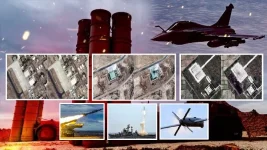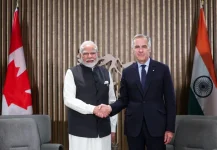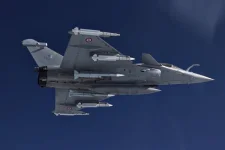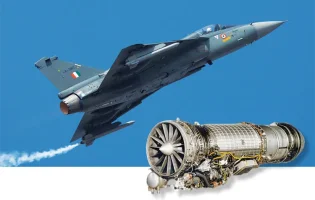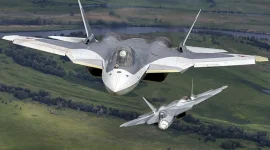- Views: 1K
- Replies: 11
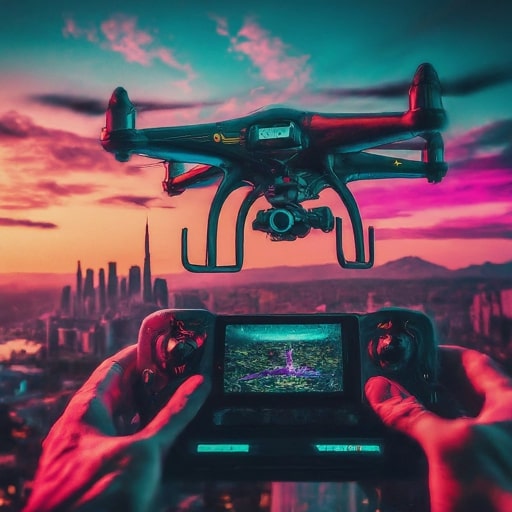
The ongoing conflict in Ukraine has thrust the importance of drone technology into the global spotlight. Among the various types of drones deployed, First-Person View (FPV) drones have proven to be particularly disruptive, offering a distinct tactical edge on the battlefield.
India, with its complex security challenges, would be wise to both protect against the threat of FPV drones and rapidly integrate them into its own defence strategy.
The FPV Advantage
FPV drones differ from traditional remote-controlled drones by providing the operator with a real-time video feed directly through FPV goggles.This immersive perspective translates into unparalleled situational awareness, allowing for precise navigation through intricate environments and highly accurate targeting.
Their agility also makes them well-suited for close-quarters combat and operations in dense urban terrain.
Moreover, compared to expensive manned aircraft, FPV drones constitute a remarkably cost-effective option for conducting reconnaissance, delivering targeted strikes, and gathering intelligence. This affordability allows for wider and more strategic deployment of limited defence resources.
Applications for India
India's vast and diverse borders demand constant vigilance. FPV drones could revolutionize border surveillance and patrols, offering real-time information on incursions and enemy movements.Their small size and maneuverability make them difficult to detect, further enhancing their effectiveness for such operations.
The psychological impact of FPV drones cannot be ignored. Their unpredictable attack patterns can demoralize and deter adversaries. Importantly, their use minimizes the risk to Indian soldiers compared to conventional ground operations.
Challenges and the Path Forward
India's adoption of FPV drone technology must be accompanied by necessary countermeasures and careful planning. Adversaries will inevitably seek to disrupt drone signals through jamming technology, necessitating Indian investment into anti-jamming capabilities.The unique control systems of FPV drones will require specialized operator training programs to maximize their potential.
Furthermore, clear regulations for FPV drone use must be developed to ensure seamless integration into existing military structures and avoid the risk of friendly fire.
The lessons learned from Ukraine must not be ignored. India has a unique opportunity to analyze the successes and failures of FPV drone use and adapt its own strategies accordingly.
By taking proactive steps, India can tailor this transformative technology to its specific security requirements.
A Call to Action
Investing in FPV drone development will give the Indian military an undeniable advantage in the dynamic landscape of modern warfare.The cost-effectiveness, versatility, and psychological edge offered by FPV drones make them an essential tool.
By swiftly navigating the challenges and harnessing the lessons from ongoing conflicts, India can position itself at the forefront of drone warfare, bolstering its national security for the challenges that lie ahead.

